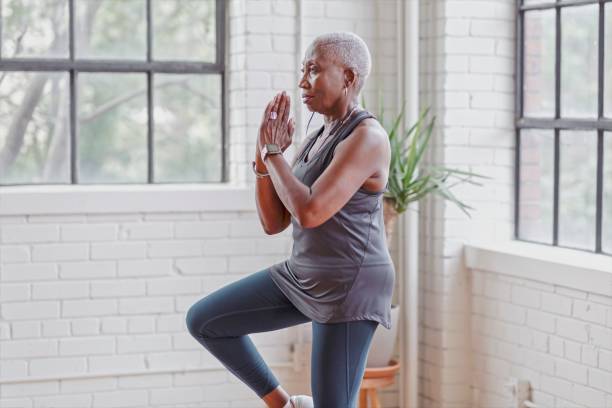Nutrients, Vol. 17, Pages 38: Vitamin D, C-reactive Protein, And Increased Fall Risk: A Genetic Epidemiological Study

Nutrients, Vol. 17, Pages 38: Vitamin D, C-Reactive Protein, and Increased Fall Risk: A Genetic Epidemiological Study
Nutrients doi: 10.3390/nu17010038
Authors: Joshua P. Sutherland Ang Zhou Elina Hyppönen
Background: Falls are a major public health concern. Daily vitamin D supplementation is a proposed fall prevention strategy; however, safety concerns have arisen from some clinical trials showing increased fall risk when using higher vitamin D dosing methods. The relationship between vitamin D and falls may be influenced by factors, such as inflammation, which can alter the balance of essential nutrients like vitamin D and retinol, potentially affecting motor function. We use a genetic epidemiological approach to explore the association of inflammation, vitamin D, and fall risk. Methods: We included 307,082 UK Biobank participants and conducted observational and Mendelian randomization (MR) analyses to investigate associations between 25-hydroxyvitamin D [25(OH)D] and fall risk, with analyses including restriction to participants who had fallen and had inflammation as defined by CRP ≥ 5 mg/L. Results: In the observational analysis, CRP was associated with a higher (per 5 mg/L CRP increase OR = 1.06, 95% CI 1.05–1.07) and 25(OH)D with a lower odds of falls. The association between 25(OH)D concentrations and fall risk was non-linear (p < 0.001), reflecting a plateauing of the association at higher concentrations. There was an interaction between 25(OH)D and CRP on their association with the odds of falls (p = 0.009). In participants with CRP ≥ 5 mg/L, the association was U-shaped, and the fall risk was elevated for both 25(OH)D < 25 nmol/L and ≥ 100 nmol/L (p < 0.004). The association between high 25(OH)D and falls was most pronounced for participants with CRP ≥ 20 mg/L (≥ 100 nmol/L vs. 50–74.99 nmol/L: OR = 2.40, 95% CI, 1.50–3.86). Genetically predicted higher 25(OH)D was not associated with fall risk in the overall population, but a suggestive association with fall risk was seen in participants who had fallen and had CRP > 20 mg/L (926 cases; OR = 1.20, 95% CI, 1.00–1.44). Conclusions: Our study suggests that inflammation might modify the vitamin D and fall risk relationship. Both low and high 25(OH)D levels are associated with more falls in individuals with chronic inflammation, with supporting evidence seen in both observational and MR analyses. This may provide insight into the increased fall risk following high-dose vitamin D supplementation in clinical trials, warranting further research.


